Say goodbye to chemicals: a new water treatment that will revolutionize our world
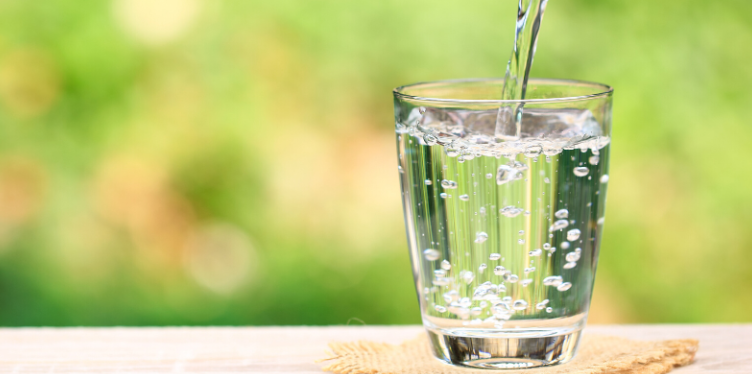
Today I bring you incredible news that you will surely like a lot. Engineers at the University of British Columbia have developed a new water treatment that removes “permanent chemicals” from drinking water safely, efficiently, and forever. Did you know that permanent chemicals are substances that make certain products nonstick or stain resistant? Yes, I know, this is something that has saved our lives many times, but it can also be detrimental to our health!
It turns out that there are more than 4,700 PFASs (perfluoroalkyl and polyfluoroalkyl substances) in use, primarily in waterproof clothing, nonstick cookware, stain repellents, and firefighting foam What’s worse, research has shown that these chemicals are linked to a wide range of health problems, including hormone disruption, cardiovascular disease, developmental delays, and cancer.


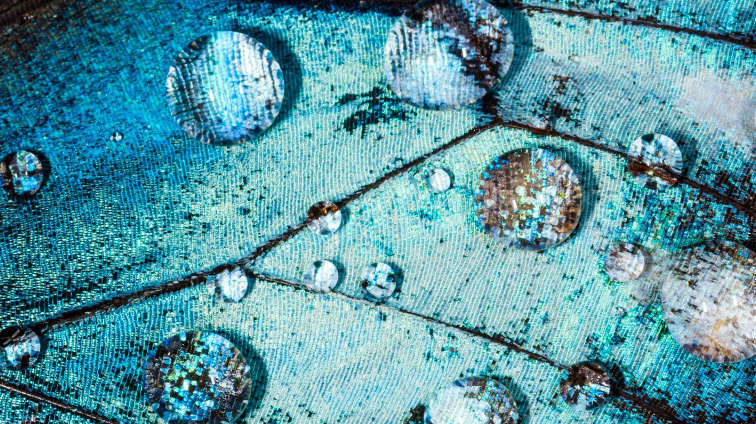
But don’t worry, because a group of researchers formed by Dr. Mohseni and his team have devised a unique absorbent material that is capable of trapping and retaining all PFAS present in the water supply. The PFASs are then destroyed using special electrochemical and photochemical techniques, also developed in Mohseni’s lab.
I know that there are treatments currently on the market, such as activated carbon and ion exchange systems that are widely used in homes and industry, but they do not effectively capture all the different PFASs or require a longer treatment time, but here comes the best! The sorption media they have developed captures up to 99% of PFAS particles and can also be regenerated and potentially reused. This means that when we remove PFAS from these materials, we don’t end up with more highly toxic solid waste that will be another major environmental challenge.
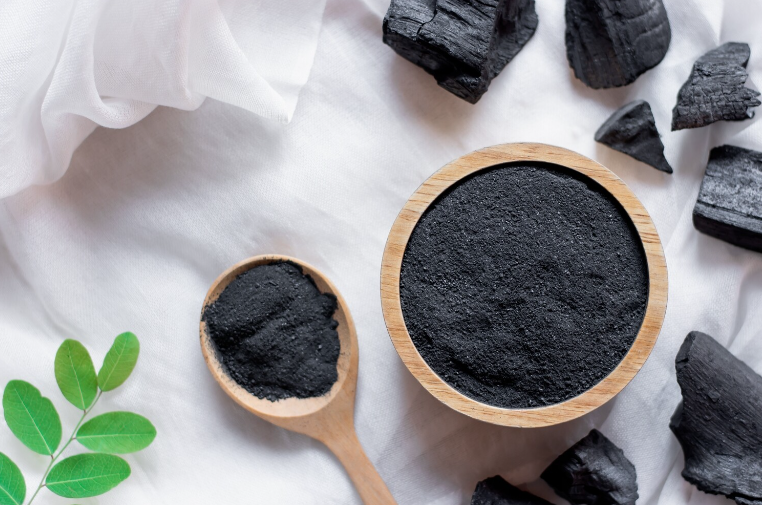
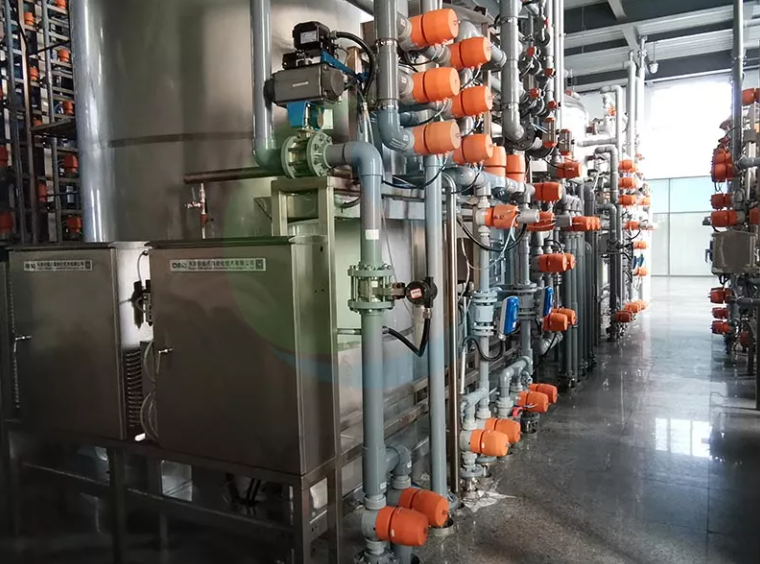
Did you know that although PFAS are no longer manufactured in Canada, they are still incorporated into many consumer products and can then leak into the environment? For example, when we apply sprays/stain resistant materials or repellents, wash PFAS-treated rain gear, or use certain foams to put out fires, the chemicals end up in our waterways. Or when we use cosmetics and sunscreens that contain PFAS, the chemicals could get into the body.
Even more worrisome, for most people, exposure is through food and consumer products, but they can also be exposed through drinking water, especially if they live in areas with contaminated water sources. But thanks to the work of these scientists, we can now be calmer and more confident in terms of water quality.
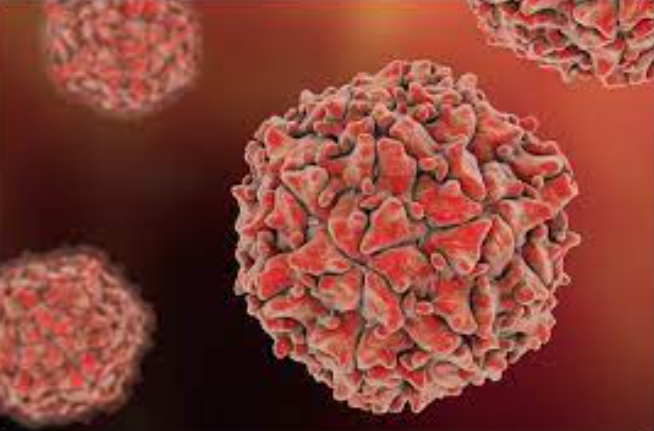
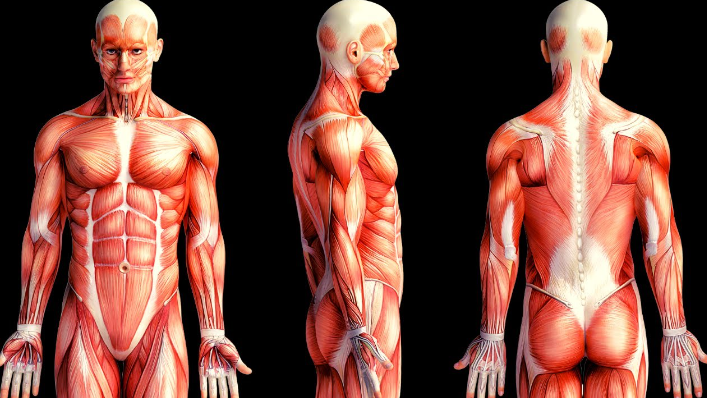
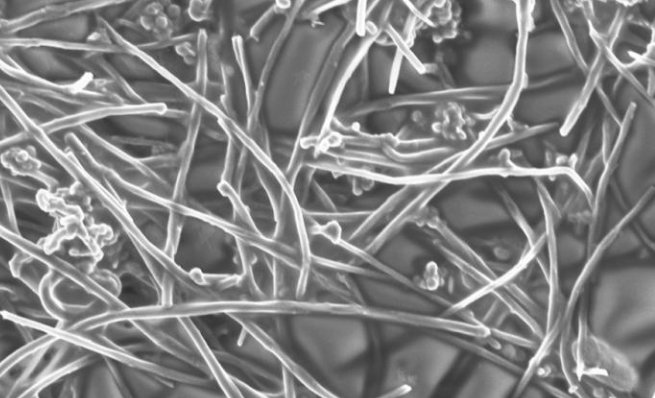

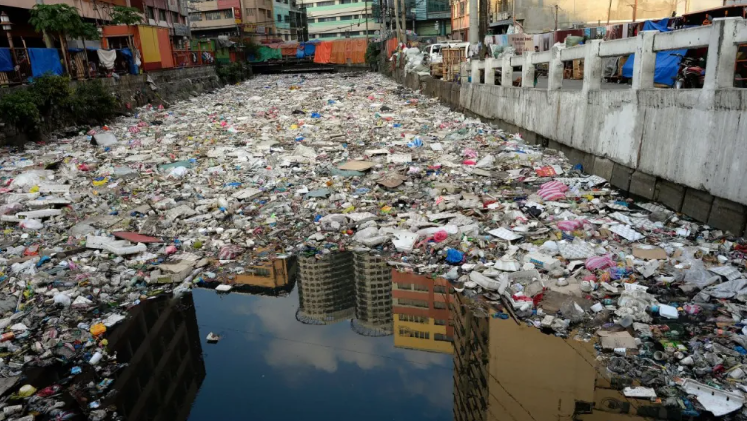
Responses